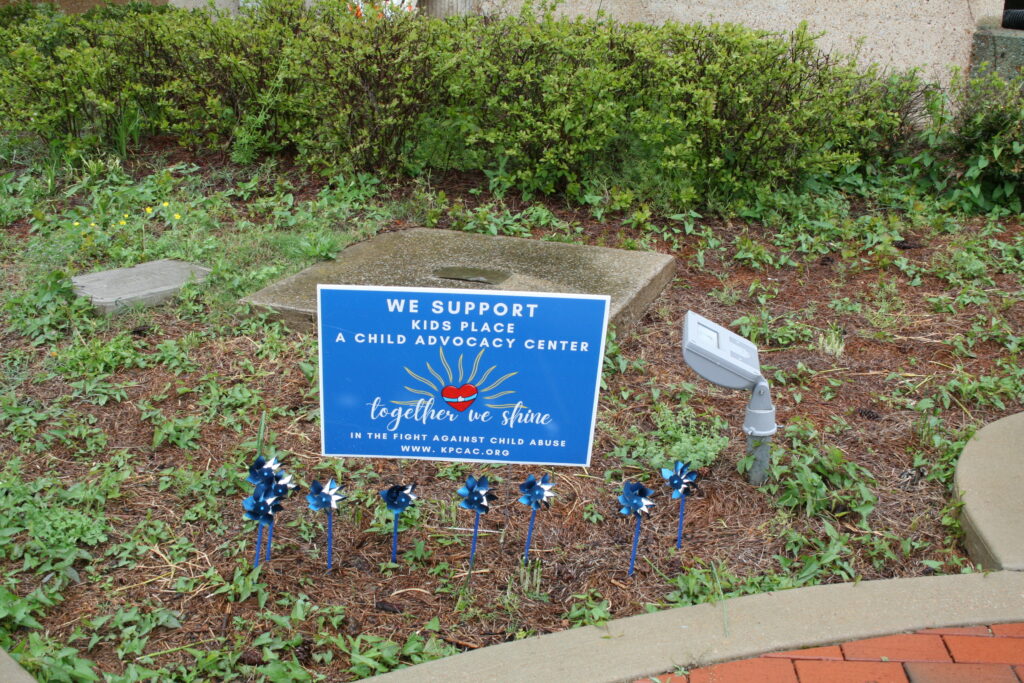A new law that I sponsored was passed by the General Assembly this past year changing the requirements for the operations of horse drawn vehicles on state highway. Public Chapter 477 requires that the vehicle be equipped with two reflective type lanterns, and reflector tape, in particular locations and surface areas, and equip the vehicle with one red, battery-operated light-emitting diode (LED) flashing light.
As an alternative, the operator must equip the vehicle with a minimum of 100 square inches of reflector tape placed on the rear of the vehicle, 36 inches of reflector tape placed on each side of the vehicle, and 24 inches of reflector tape placed at the highest point of the left front of the vehicle; has 6 inches of reflector piping tape placed on two locations on the rear, left wheel of the vehicle; and is equipped with two reflective type lanterns, one to be place on the left side of the vehicle and one to place on the right side of the vehicle with the lantern on the right side to be placed at least 12 inches higher than the lantern on the left. Each lantern must be equipped with a red reflective type lens that is at least 3 inches by 3 inches.
Public Chapter 477 specifies that the visibility requirements for operating a horse-drawn vehicle on a highway only applies from one-half hour before sunset until one-half hour after sunrise and at all other times when there is not sufficient light to render clearly discernible any person on the road or highway at a distance of 200 feet ahead of the vehicle.
Elderly Abuse — The 2019 legislative session saw passage of several bills to combat exploitation of Tennesseans who are elderly or have diminished capacity. There are over 5 million elder abuse victims in the United States. That is more than the combined total of child abuse victims and domestic violence victims.
The Elderly and Vulnerable Adult Protection Act of 2019 approved this past year, increases penalties for the most dangerous crimes involving elder abuse. The legislation, Public Chapter 474, is part of a series of laws passed by lawmakers over the last three years with the support of the state’s district attorneys general. The goal is to protect Tennesseans who are elderly or have diminished capacity from psychological abuse, physical abuse, neglect, and various forms of financial exploitation.
This year’s legislation creates enhanced offenses for abusing an elderly or vulnerable adult when the abuse is committed with a deadly weapon or results in serious bodily injury. It raises the felony classification for most extreme forms of abuse of an elderly person from a Class C to Class B felony, doubling the average amount of time served by offenders of the most horrific crimes. In addition, the act expands the availability of protective orders for elderly and vulnerable adults and broadens who has the authority to seek an order of protection on behalf of the elderly victim.
The legislation also eases the process for obtaining an order of protection on behalf of an elderly person who lacks financial resources to petition the court. It authorizes the court to waive any court costs, taxes, or fees for obtaining an order of protection upon a finding that the individual for whose benefit an order of protection has been sought is indigent.
As always, I am truly humbled and honored to be your voice on Capitol Hill. If there is ever any issue I can assist with, please reach out to my office by calling 615-741-2190 or emailing me at [email protected]. I look forward to hearing your thoughts, ideas, concerns, and suggestions during the second half of the 111th General Assembly.







